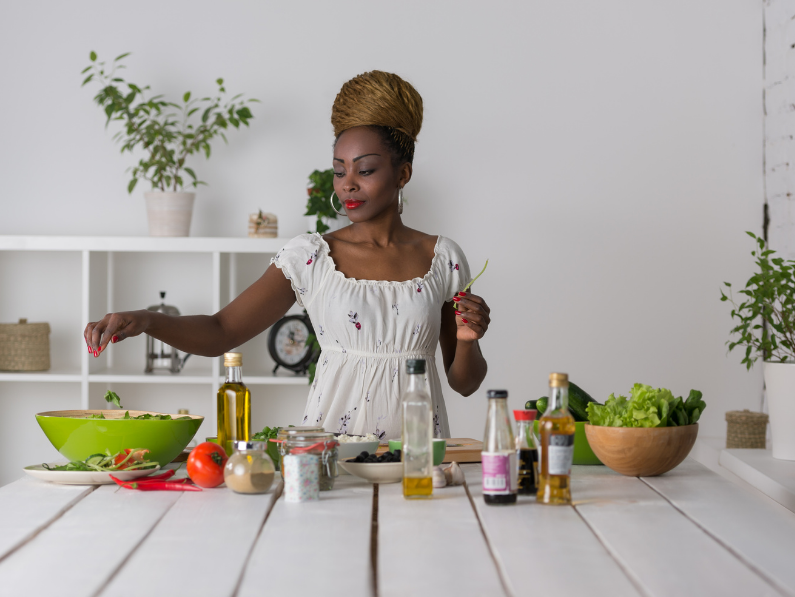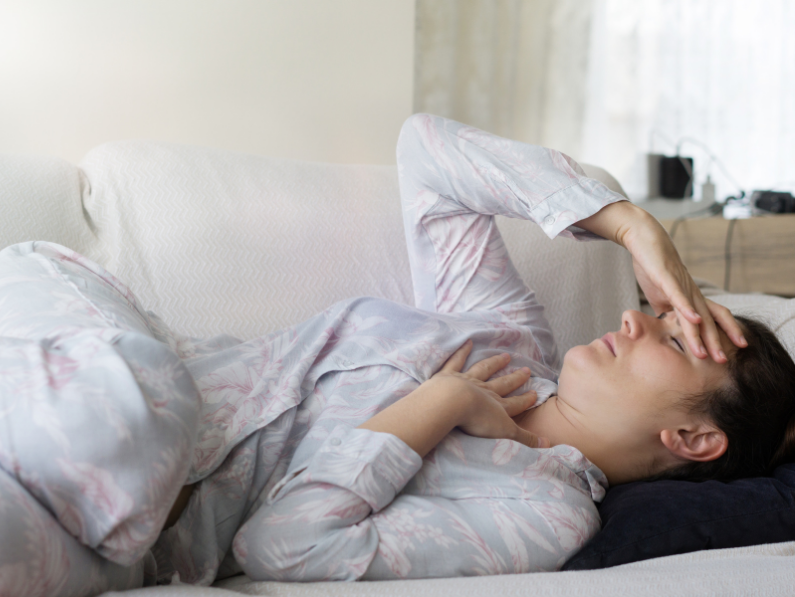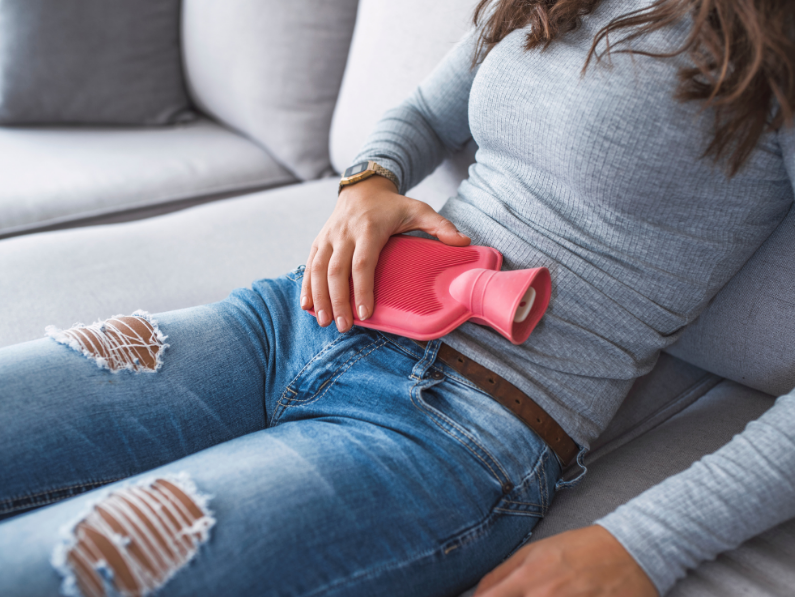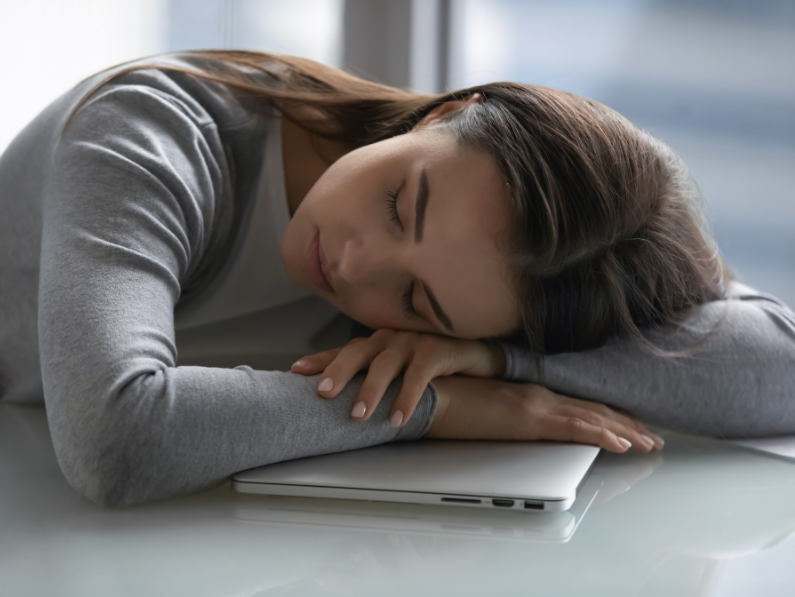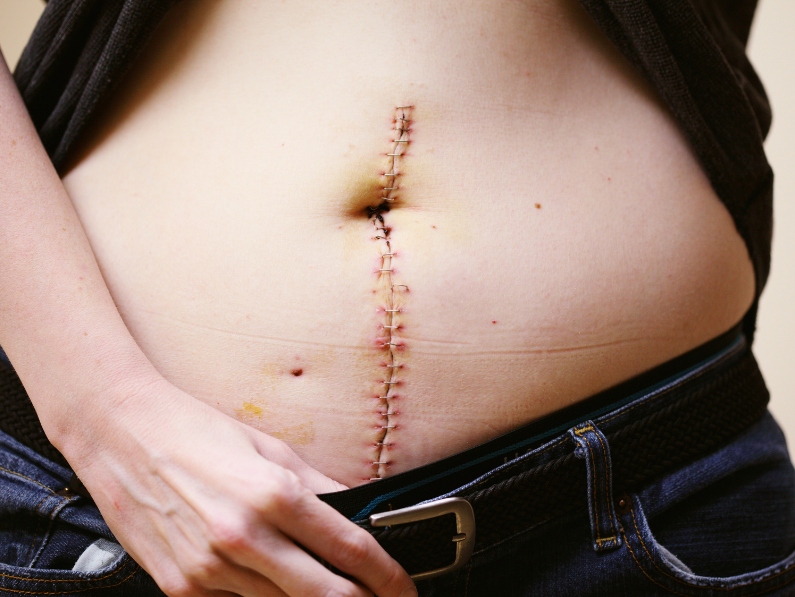Healthy living with endometriosis is not impossible. But it does require some work. The primary goal is to manage chronic pain and decrease inflammation. Luckily you can make fundamental changes to your daily routine and accomplish a better quality of life. Learning how to manage chronic pain, reduce inflammation, maintain good mental health, remain active, and manage fatigue allows you to take control of your health.
Page Contents
Healthy Living with Chronic Pain
Life with chronic pain is complicated. And no guaranteed solution will end the pain, especially with endometriosis. However, healthy living with chronic pain is possible. The trick is finding the method or combination of techniques that allow you to manage pain effectively.
These methods include hormonal treatments, over-the-counter medications, prescription medications, alternative medicine, and homeopathic remedies.
For moderate to severe pain, hormonal birth control can help. It addresses various issues, including painful periods, pelvic cramping outside of menstruation, irregular periods, and heavy menstrual bleeding. But, hormonal birth control may not be a suitable choice for everyone. Additionally, hormonal treatments can assist those with moderate to severe pain.
The gonadotropin-releasing hormone agonists and antagonists medication (GnRH) lowers estrogen levels by inducing menopause temporarily. The brand names for these medications are Lupron and Orlissa. Although they have been beneficial for some, they are controversial due to numerous side effects. Therefore, it isn’t a good option for everyone. If considering hormonal treatments, it’s imperative to discuss an appropriate treatment plan with your doctor. And know the risks and benefits of taking such medication.
For mild pain, over-the-counter medications have proven beneficial. Medications such as naproxen sodium (Aleve), ibuprofen (Advil), and acetaminophen (Tylenol) help with minor aches and pain. Additionally, care should be taken when using these medications since they can contribute to stomach bleeding and increased blood pressure when too many are taken. Make sure to follow all instructions when using over-the-counter medications. Only take the recommended dosage.
If you find that over-the-counter medications do not work for your pain, prescription medications may benefit you. However, you’ll need to work with a medical professional to create an appropriate treatment plan to manage your pain safely and effectively.
Alternative medicine works well for mild to moderate pain. And it’s also included as part of a holistic pain management treatment plan for those with severe pain. Examples of alternative medicine treatments include acupuncture, massage therapy, and the use of certain herbs and supplements. When choosing to incorporate alternative medicine into your treatment plan, it’s best to work with a Naturopathic doctor who knows these therapies and can recommend what’s best for you.
Lastly, homeopathic remedies are perfect for mild pain. And they’re a terrific complement to treatment plans for moderate to severe pain management. Utilizing basic remedies and products can help ease pain and make it easier to function daily.
For example, the TENS unit is a portable and discreet way to manage pain. It’s a mobile device that emits small electric pulses to disrupt the nervous system’s ability to send pain signals. Additionally, heat therapy is perfect for easing pelvic cramps, lower back pain, and other aches in the body. There’s a variety of portable options that include hot water bottles, electric heating pads, and heat wraps.
Finally, CBD oils and creams are a relatively new pain management tool. They are applied topically and work to ease pain and inflammation. They can be combined with heat therapy or over-the-counter medication for maximum pain relief.
Decreasing Inflammation with Nutrition
Chronic inflammation is a common issue with endometriosis. Ongoing inflammation increases painful symptoms such as pelvic cramping, lower back pain, radiating leg pain, etc. But, healthy living with endometriosis can be accomplished when nutrition is used to decrease inflammation. This involves making simple dietary adjustments, for example, eliminating trigger foods associated with increased inflammation. Additionally, removing individual food intolerances can help with decreasing flare-ups.
Lastly, transitioning to a dietary style that works for managing endometriosis will help decrease inflammation. For example, an anti-inflammatory diet or an endometriosis-specific diet. When making these nutritional changes, it’s best to work with a nutritionist or Registered Dietician. This way, you can make sure you’re not contributing to nutrient deficiencies.
Prioritize Your Mental Health
Part of healthy living with endometriosis includes good mental health. However, chronic pain and reduced quality of life seriously impact your mental and emotional well-being. Managing symptoms while dealing with doctors, work, and medical expenses can create stress and anxiety. Not being able to socialize because of flare-ups and chronic pain can cause depression. Both trigger flare-ups and chronic pain. Finding ways to manage stress, decrease anxiety and overcome depression is essential.
Simple activities such as journaling, meditation, and breathwork help decrease stress. Additionally, developing a hobby will take your mind off your stressors and give you a break. If you’re feeling alone, joining a support group or talking with a trustworthy friend or family member can help.
Finally, working with a licensed therapist will help you deal with all the struggles and trials you face managing endometriosis. This will help with stress and anxiety and aid in assisting with depression.
Stay Active with Gentle Exercise
Exercise is an integral part of healthy living with endometriosis. It helps to decrease inflammation, balance hormones, and ease chronic pain. The key to staying active is to find the appropriate exercise type and intensity that’s right for your lifestyle and pain level.
If you have no to mild pain, you can do more high to medium-impact workouts. Examples of ideal activities include running, circuit training, weightlifting, and high-intensity interval training. However, if you have mild to moderate pain, you’ll have more success with medium-impact workouts. Activities such as jogging, circuit training, pilates, and barre might be a better fit.
On the other hand, low-impact workouts will be best if you have moderate to severe pain. Participating in yoga, stretching, and walking may be all that your body can tolerate. Furthermore, you may not be able to exercise at all if your pain is intolerable.
Typically, pain levels and symptoms change daily. Your body may tolerate high-impact workouts one day and low impact on another day. Staying in tune with your body and giving it what it needs is the best way to serve your body.
Chronic Fatigue Management
Lastly, to obtain healthy living with endometriosis, you must learn to manage chronic fatigue. There are a variety of factors that influence fatigue. These include inflammation, pain, flare-ups, and low sleep quality caused by the issues above.
And while there isn’t a way to cure chronic fatigue, there are ways to manage it. For starters, you can determine what activities cost you the most energy. Divide them into high, medium, and low-level activities. Then base which activities you can perform according to your energy levels. For example, if you have a low energy day, you’d focus on the low-energy activities you can complete easily. Whereas on a high-energy day, you can perform high-level activities.
The important thing is to pace yourself. Ask for help when necessary. Take time to declutter and minimize your lifestyle by incorporating minimalist habits. And let doing your best be good enough. Do what you can when you can.
Healthy living with endometriosis isn’t impossible. However, it does require lifestyle adjustments. Incorporating these fundamental changes into your daily life can positively influence your symptoms and help reduce pain. As with everything, results will vary from person to person. But, with proper implementation, they’re a beneficial addition to creating a healthy lifestyle.
References & Related Reading
Medical News Today: How to Cope with Endometriosis
Very Well Mind: What is An Invisible Illness
7 Simple Minimalist Habits Every Invisible Illness Warrior Must Try
Astonishingly Simple Changes That Reduce Chronic Pain Naturally
Endo Belly & How To Overcome It Right Now

